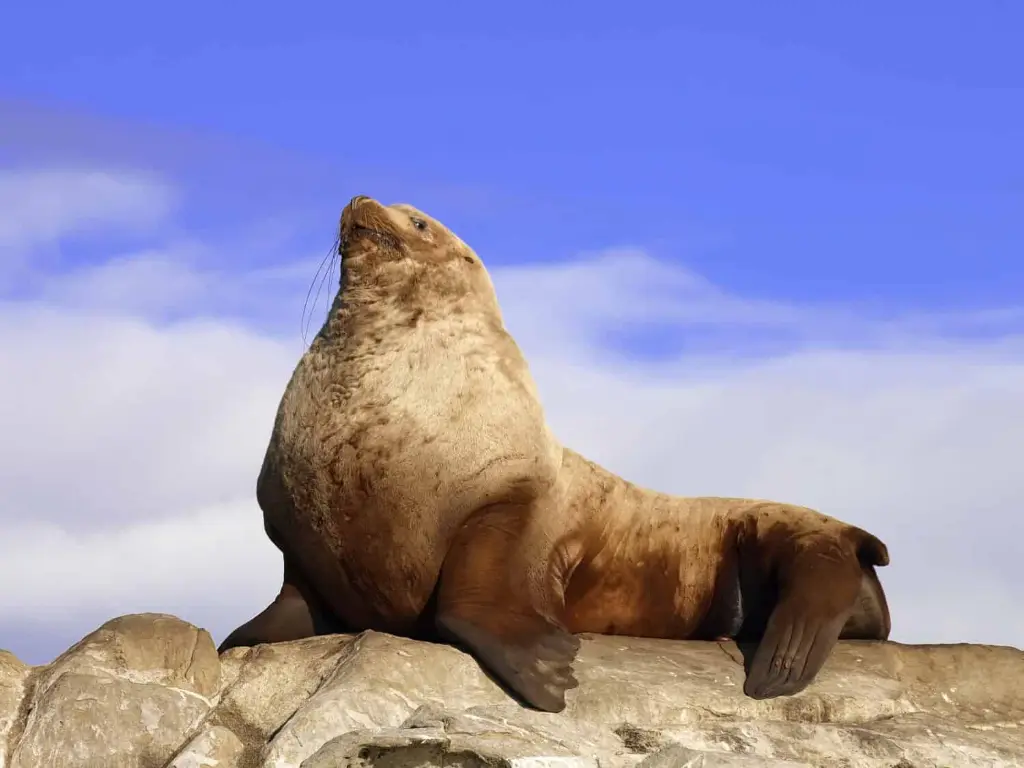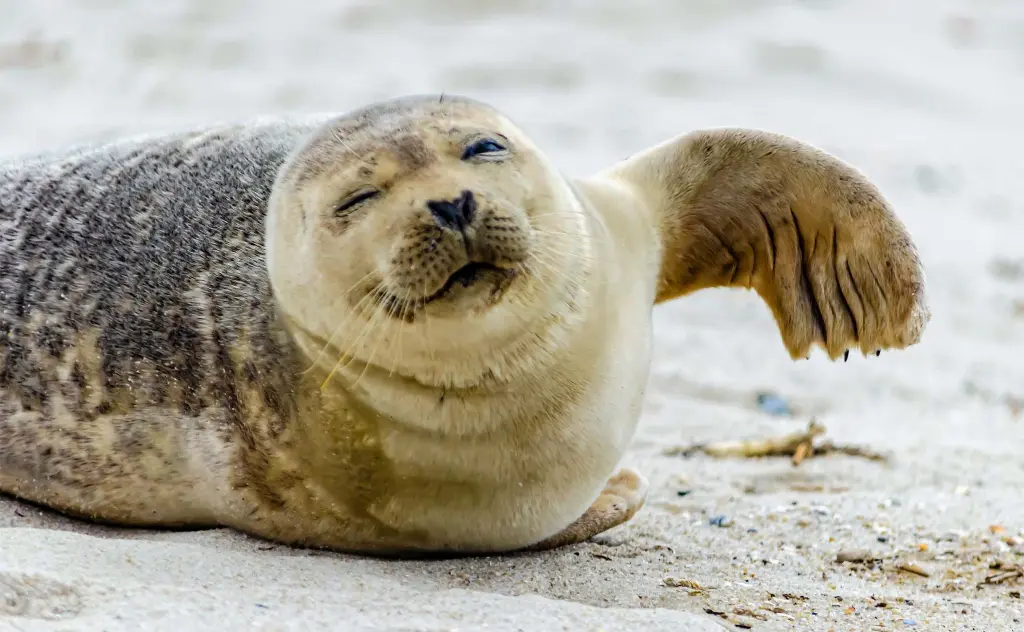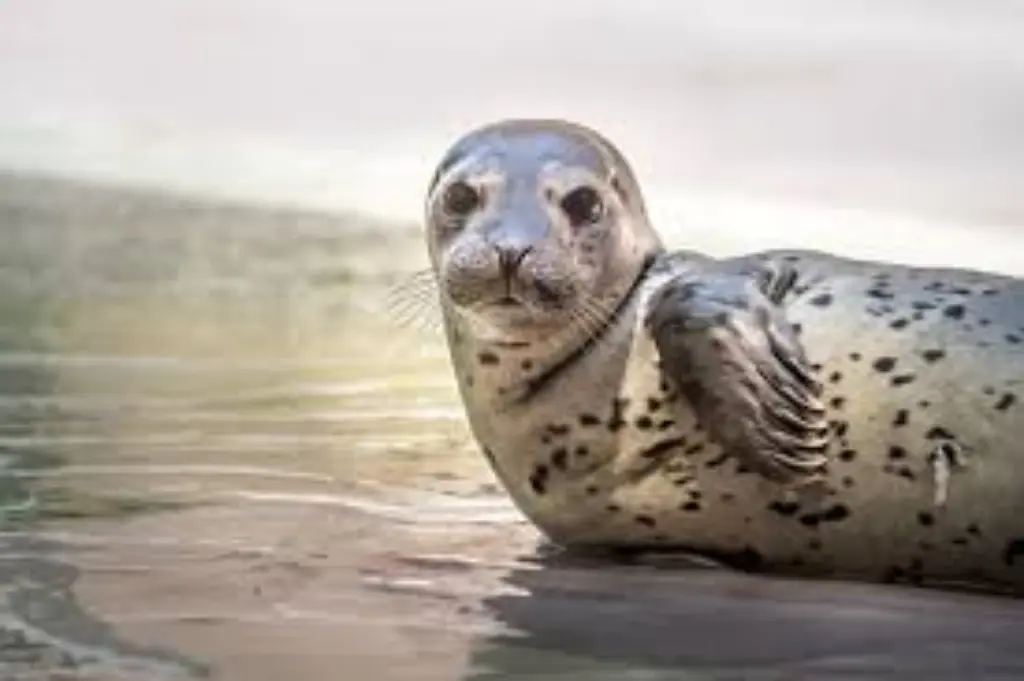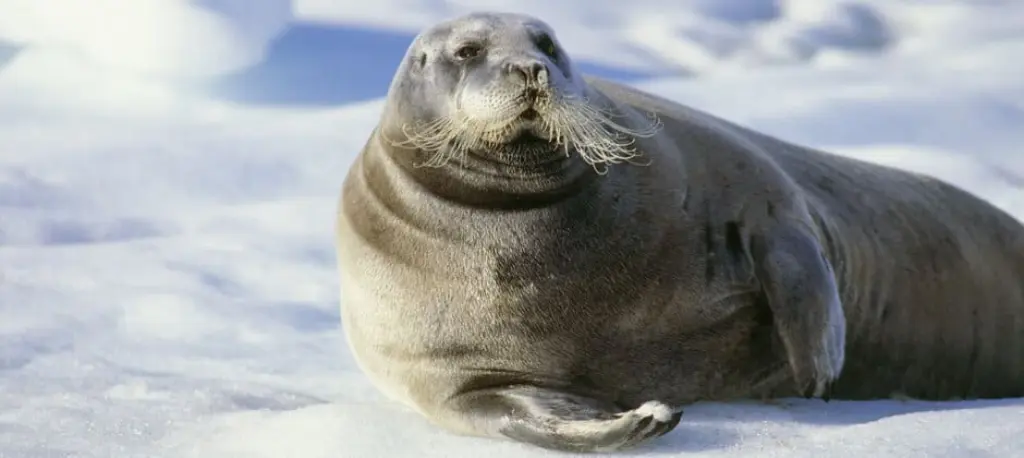Ever wondered about those charismatic, barking creatures lounging on rocks and piers? Chances are, you’ve spotted a sea lion! This article will dive into the fascinating world of these amazing marine mammals, exploring their characteristics, behavior, habitat, and conservation status. Get ready to learn some fin-tastic facts!
What Exactly *Are* Sea Lions? Defining the Family
Let’s start with the basics. Sea lions are marine mammals belonging to the family Otariidae, which also includes fur seals. Both sea lions and fur seals are often called “eared seals” because they have external ear flaps, unlike true seals (Phocidae). These ear flaps are a key identifying characteristic.
Key Differences Between Sea Lions and Fur Seals
While both are eared seals, there are some subtle but important differences:
- Hair: Fur seals have a dense underfur in addition to their guard hairs, making their coats much thicker and more luxurious. Sea lions have shorter, coarser hair and lack this dense underfur.
- Flipper Movement: Sea lions have larger, more powerful front flippers that allow them to “walk” on land more easily than fur seals.
- Facial Features: Fur seals often have a more pointed snout than sea lions.
Identifying Sea Lions: Key Characteristics
So, how do you know if you’re looking at a sea lion? Here are some key features to watch out for:
- External Ear Flaps: This is the easiest way to distinguish them from true seals. Look for small, protruding ears.
- Large Front Flippers: They use their front flippers for propulsion in the water and can rotate them forward to walk on land.
- Size: Sea lions are generally quite large, with males being significantly bigger than females. Male California sea lions, for instance, can weigh over 1,000 pounds!
- Barking: Sea lions are very vocal animals, often communicating with loud barks.

Where Do Sea Lions Live? Exploring Their Habitat
Sea lions are found in various coastal regions around the world, primarily in the Pacific and Southern Oceans. Their distribution depends on the specific species of sea lion.
Specific Habitats of Different Species
Here’s a glimpse into where some common sea lion species reside:
- California Sea Lion (Zalophus californianus): Found along the Pacific coast of North America, from southern Alaska to Mexico. They are a common sight in California harbors.
- Steller Sea Lion (Eumetopias jubatus): Inhabits the North Pacific Ocean, ranging from California to Japan and Russia. They are larger than California sea lions and tend to prefer colder waters.
- South American Sea Lion (Otaria flavescens): Found along the coasts of South America, from Peru to Argentina.
Sea lions typically prefer rocky shores, sandy beaches, and artificial structures like piers and docks. They haul out on these surfaces to rest, socialize, and breed.
Sea Lion Behavior: Social Interactions and Hunting Techniques
Sea lions are highly social animals, often gathering in large groups called colonies or herds. Their behavior is fascinating to observe, from their playful interactions to their impressive hunting skills.
Social Behavior and Communication
Sea lions are known for their complex social structure. They communicate through a variety of vocalizations, including barks, growls, and moans. They also use body language, such as postures and gestures, to convey messages. Dominance hierarchies are common within colonies, especially among males during breeding season.
Hunting and Diet
Sea lions are carnivores with a diet primarily consisting of fish, squid, and crustaceans. They are skilled hunters, capable of diving to considerable depths to pursue their prey. Their streamlined bodies and powerful flippers allow them to move quickly and efficiently through the water.
Hunting strategies vary depending on the species and the type of prey. Some sea lions hunt individually, while others cooperate in groups to herd fish. They are opportunistic feeders, meaning they will eat whatever is readily available.
Reproduction and Life Cycle
Sea lion reproduction is a seasonal event, typically occurring in the spring and summer months. Breeding colonies are often established on remote islands or secluded beaches.
Mating and Pup Rearing
Male sea lions, known as bulls, compete for access to females. They establish territories and defend them aggressively against rivals. After mating, the gestation period lasts about 11-12 months.
Females typically give birth to a single pup. Pups are born with a soft, dark fur that is gradually replaced with a lighter, coarser coat. Mothers are highly attentive to their pups, nursing them for several months and teaching them essential survival skills.
Development and Lifespan
Sea lion pups learn to swim and hunt at a young age. They become increasingly independent as they grow older, eventually leaving their mothers to join the adult population. Sea lions can live for 15-25 years in the wild.
Threats and Conservation Status
Unfortunately, sea lions face a number of threats that impact their populations. Understanding these challenges is crucial for ensuring their long-term survival.
Major Threats to Sea Lions
- Entanglement in Fishing Gear: Sea lions can become entangled in fishing nets and lines, leading to injury or death.
- Habitat Loss and Degradation: Coastal development, pollution, and climate change can damage or destroy sea lion habitats.
- Climate Change: Changes in ocean temperature and prey availability can negatively impact sea lion populations.
- Predation: Sea lions are preyed upon by sharks and killer whales (orcas).
- Human Disturbance: Disturbance from boats, tourists, and other human activities can disrupt sea lion behavior and breeding.
Conservation Efforts and Status
The conservation status of sea lion species varies depending on the specific population. Some populations are considered stable, while others are threatened or endangered.
Various conservation efforts are underway to protect sea lions, including:
- Marine Protected Areas: Establishing areas where fishing and other human activities are restricted.
- Regulations on Fishing Gear: Implementing measures to reduce entanglement in fishing gear.
- Habitat Restoration: Restoring degraded coastal habitats.
- Public Education: Raising awareness about the threats facing sea lions and how to protect them.
How You Can Help Sea Lions
Even if you don’t live near the coast, you can still contribute to sea lion conservation!
- Reduce Your Use of Single-Use Plastics: Plastics can end up in the ocean and harm marine life.
- Support Sustainable Seafood Choices: Choose seafood that is harvested responsibly to minimize impacts on marine ecosystems.
- Educate Yourself and Others: Learn more about sea lions and their conservation challenges, and share your knowledge with friends and family.
- Support Conservation Organizations: Donate to organizations that are working to protect sea lions and their habitats.
Conclusion: Appreciating These Amazing Animals
Sea lions are remarkable creatures that play an important role in marine ecosystems. By understanding their characteristics, behavior, and conservation challenges, we can all help ensure their survival for generations to come. So, the next time you see a sea lion basking in the sun, take a moment to appreciate these amazing animals and the efforts being made to protect them.




